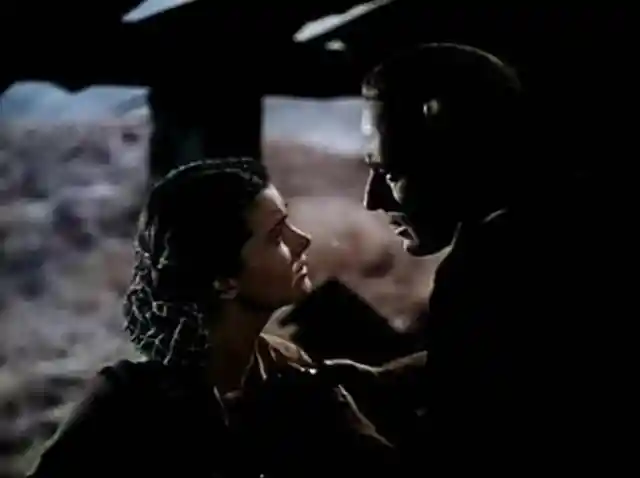Competition For The Lead Role
Gone With The Wind was an iconic movie in its time, but in recent years it’s been a source of historical revisionist controversy. In spite of its complicated history, movie-goers would mostly be quick to admit that the characters in the movie were memorable, the sets were immaculate, and few movies could really even be compared to it. Here are five interesting, surprising facts about this one-of-a-kind movie…


Vivien Leigh was brilliant playing the lead role of Scarlet O’Hara. She beat out many other leading ladies to land the role, and was the perfect fit. Those who auditioned included Katherine Hepburn, Bette Davis, and Joan Crawford, just to name a few. Somehow, it was a month into filming when the director finally decided Leigh would play the lead in the film. Not that it was easy; she had to work 16-hour days on average, and was consistently exhausted during filming.
It’s Okay To Cry


Unfortunately, back in the 1930s, men weren’t encouraged to express their emotions in public. That may have been the reason Clark Gable was so hesitant to show sorrow and remorse in the scene where Scarlet suffers a miscarriage after falling down the stairs. It was only after some pressure from the crew and fellow actors that Gable finally agreed to show that level of emotion on-screen. It made for an incredible performance from the leading man.
Deep Roots


Hattie McDaniel won an Oscar for her role as “Mammy” in the movie. Her inspired performance could be due to the fact that she had personal ties to the story of Gone With The Wind. McDaniel’s family was immersed in the Civil War and slavery, which ran through a good portion of the movie. Her parents were former slaves, with her dad being a soldier during the Civil War, as he fought in the infantry, and managed to survive, despite suffering serious injuries. McDaniel was the first African-American woman to win an Oscar.
Technicolor Dreams


The film was able to make use of the groundbreaking technology of Technicolor, though it’d been used in films before. What made this movie stand out was its use of seven Technicolor cameras just for the scene of Atlanta burning. All visuals were set in vivid colors, aimed to tell a captivating story. It ended up being the first film to win an award in a category that was just created to honor movies in color, which was quite fitting.
Lady-Like
Vivien Leigh wasn’t the quickest to perform more vulnerable acts that would be deemed un-ladylike. When asked to imitate coughing and gagging, she found it quite challenging. It was supposed to happen when her character bit into a rotten vegetable, then proceeded to nearly choke. She was unable to produce a strong enough sound, so producers dubbed audio in later in order to complete the scene.


Legacy
The actors who participated in the production of Gone With The Wind found a once-in-a-lifetime platform, and for many of them, the film launched them to new heights of fame. Even the horse featured in the film made a name for himself, as he would later star in The Lone Ranger. Advocates of the film content that it’s a cultural touchstone, and that it should remain available to viewers. Censorship of art is a slippery slope, and it’s difficult to determine where to draw the line. On the other hand, critics say the film deserves a permanent ban, due to the racism and the discrimination against African-American people at the time it was created. Suffice to say, the impact of this movie continues to live on to this day.